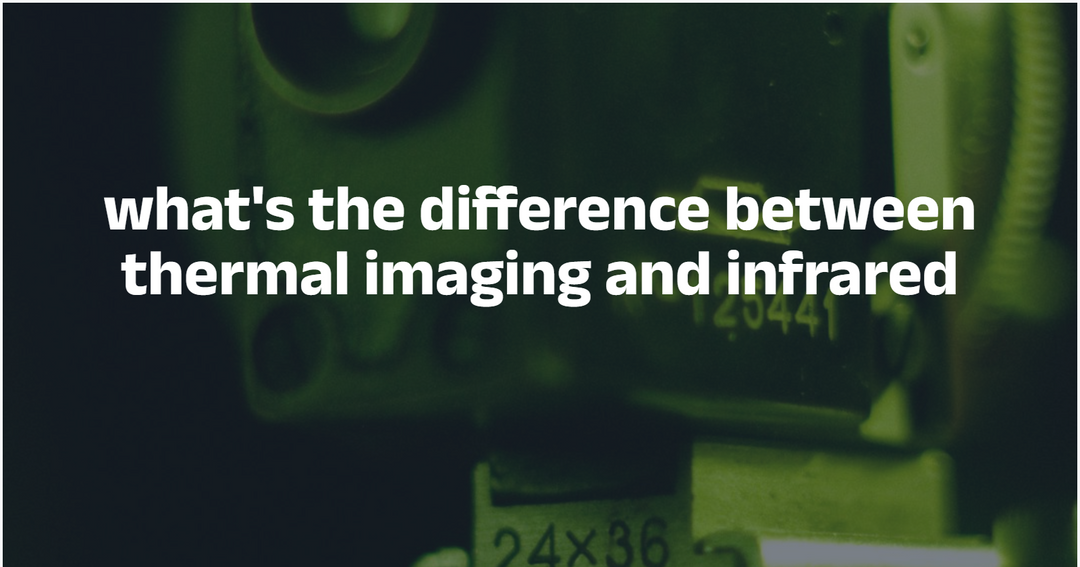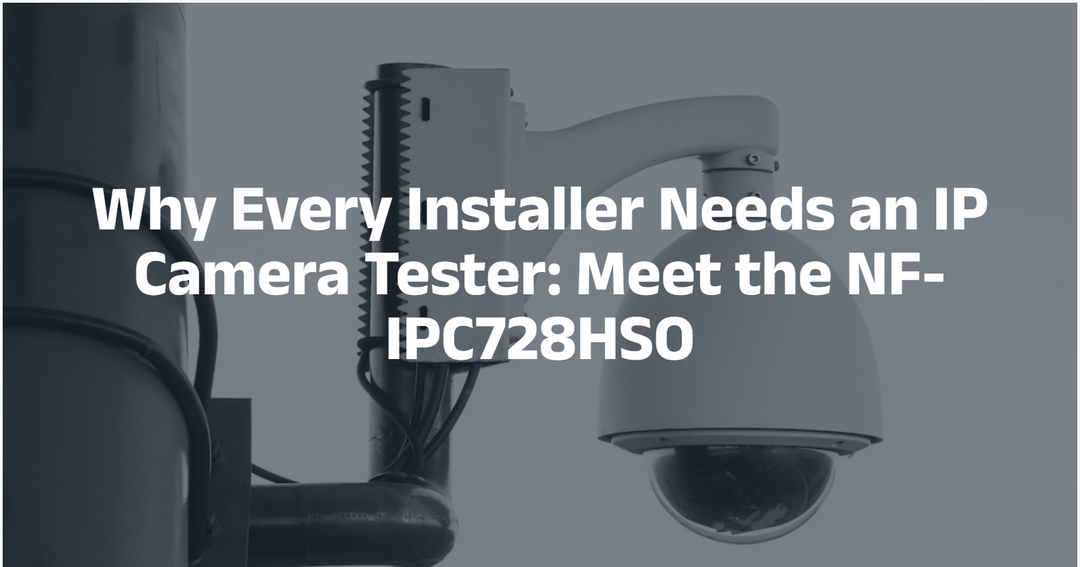Why is my light switch hot? 5 Reasons and Tips
Today, we'll discuss a frustrating issue for many homeowners: light switch overheating. Whether it's a simple single-pole switch, a 3-way switch, or a dimmer switch, abnormal heating can range from a minor inconvenience to a potential fire hazard.

As a frequently used electrical component, overheating switches often signal underlying problems that require careful analysis.

As a frequently used electrical component, overheating switches often signal underlying problems that require careful analysis.
Table of Content:
- Part 1: 5 Core Causes of Switch Overheating
- Part 2: Overheating Characteristics of Different Switch Types
- Part 3: Practical Detection: A Three-Level Diagnostic Approach from Visual Inspection to Professional Tools
- Part 4: How Circuit Tracers Are Transforming Electrical Detection
- Part 5: Response Strategies for Different Overheating Levels
Part1: 5 Core Causes of Switch Overheating
According to the 2024 Home Electrical Accident Report by the Electrical Safety Foundation International (ESFI), loose connections, overloads, and wiring errors account for 87% of switch overheating faults.Let’s explore the five most common "heat culprits":
1. Overloading: Excessive Current Causes "Energy Overflow"
When the power of connected lights exceeds the switch's rated load, Joule heat (Q=I²Rt) generated by current through conductors increases significantly.
Take a common 10A single-pole switch (rated for 2200W at 220V) – connecting three 600W spotlights (total 1800W) may not exceed the rating, but prolonged full-load operation can raise contact temperature by 15-20℃.
A 2024 survey by a residential property management company found switches loaded beyond 80% of their rating had 3.2x higher overheating probability than normally loaded ones.
Take a common 10A single-pole switch (rated for 2200W at 220V) – connecting three 600W spotlights (total 1800W) may not exceed the rating, but prolonged full-load operation can raise contact temperature by 15-20℃.
A 2024 survey by a residential property management company found switches loaded beyond 80% of their rating had 3.2x higher overheating probability than normally loaded ones.
2. Poor Contact: The "Invisible Killer" of Oxidized Contacts
Copper contacts form copper oxide (CuO) in humid environments, whose resistivity is over 100x that of pure copper.
When contact resistance increases from 0.1mΩ to 10mΩ under 10A current, power loss surges from 0.1W to 1W, raising local temperature above 60℃.
A 2022 study in the Journal of Electrical Installation Engineering showed 45% of switches over 5 years old suffered contact issues due to oxidation.
When contact resistance increases from 0.1mΩ to 10mΩ under 10A current, power loss surges from 0.1W to 1W, raising local temperature above 60℃.
A 2022 study in the Journal of Electrical Installation Engineering showed 45% of switches over 5 years old suffered contact issues due to oxidation.
3. Incorrect Wiring: The "Misplaced Connection" of Phase and Neutral Wires
Connecting the neutral wire to the switch (should control the phase wire) doesn’t hinder operation but keeps the switch live at all times, preventing complete power cutoff.

After-sales records from a renovation company show such errors accounted for 18% of non-professional installations, increasing both overheating and electric shock risks.

After-sales records from a renovation company show such errors accounted for 18% of non-professional installations, increasing both overheating and electric shock risks.
4. Switch Aging: The "Wear and Tear" of Mechanical Fatigue
Weakened springs reduce contact pressure (standard ≥5N), while aged plastic casings lower insulation performance.
Tests show 10+ year-old switches have 30% less contact pressure, 2-3x higher contact resistance, and 5x higher overheating probability than new ones.
Tests show 10+ year-old switches have 30% less contact pressure, 2-3x higher contact resistance, and 5x higher overheating probability than new ones.
5. Environmental Factors: Accelerated Corrosion in High Heat/Humidity
In kitchens/bathrooms with humidity >60%, internal metal parts oxidize 40% faster. At ambient temperatures >30℃, a switch’s rated load capacity drops 10-15%.
A 2024 inspection by a southern Chinese city’s housing bureau found overheating failure rate of in switches humid environments was 2.8x higher than normal.
A 2024 inspection by a southern Chinese city’s housing bureau found overheating failure rate of in switches humid environments was 2.8x higher than normal.
Part2: Overheating Characteristics of Different Switch Types
1. Standard Single/3-Way Switches: Typical Issues with Basic Models
- Fault Points: Loose terminal screws (60% of cases), contact burnout (25%)
-
Case Study: Jessca noticed her 3-way switch overheating; inspection revealed a loose phase wire terminal, causing contact resistance to spike and temperature reach 55℃ (normal ≤30℃).

- Data: 3-way switches have 23% higher overheating rates due to complex wiring.
2. Dimmer Switches: Special Challenges of Smart Control
- Working Principle: Adjust voltage waveform via TRIAC, creating harmonic losses during voltage fluctuations.
-
Unique Issues:
Lamp Compatibility: Mismatched LED lights and traditional dimmers cause high-frequency current ripples, increasing heat by 30-50%.
Power Lower Limit: LEDs <50W may trigger dimmer oscillations – tests on a major brand showed <20W loads caused a 25℃ temperature surge.
- Industry Data: A 2024 LED Lighting Association report found 72% of dimmer overheating was due to improper lamp selection.
3. Smart Switches: Emerging Pain Points in the Digital Age
-
Causes:
Wireless Module Heat: Continuous operation of WiFi/Bluetooth chips generates heat.
Relay Load: Contact heating when controlling high-power devices.
Case Study: An American smart home project saw smart switches controlling 3 air conditioners overheat to 75℃ within an hour due to undersized relays.
- Standards: The EU EN 61058-1 standard requires smart switch temperature rise ≤60K, but some budget models exceed 80K.
Part3: Practical Detection: A Three-Level Diagnostic Approach from Visual Inspection to Professional Tools
Step 1: Power Off Self-Check (Safety First!)
- After disconnecting the main power:
- Visual Inspection: Discolored casing (should be uniform) or burnt odor (insulation material overheating).
- Mechanical Check: Sticky buttons (worn springs), loose terminals (screw torque <0.8N·m).
- Warning: Never disassemble with power on!A user once suffered arc burns from live operation.
Step 2: Basic Tool Testing
Step 3: Professional Diagnosis – The Indispensable Circuit Tracer
Traditional methods have two major limitations:
- Difficult Breakpoint Location: Hidden wiring faults require wall demolition.
- Blind Spots for Leakage: Small leaks (<30mA) are hard to detect.
Core Advantages of Circuit Tracers:
- Precise Wire Tracing: Transmitter injects signals; receiver identifies wires through 3 floors of conduit.
- Fault Location: Detects hidden issues like poor contact and abnormal inter-wire capacitance.
- Safe Detection: Non-contact voltage testing avoids electric shock risks.
Real-World Case: NOYAFA NF-826 in Action
In March 2024, a dimmer switch in a commercial complex in California, USA, was generating heat over a large area. NOYAFA NF-826 detected:
- 23% of lines had neutral-ground mixing, causing current leakage.
- 15% of dimmers had frequency mismatch with LEDs, creating harmonic interference.
-
All faults located in 3 hours – 4x faster than traditional methods.
Part4: How Circuit Tracers Are Transforming Electrical Detection
A 2024 International Journal of Electrical Engineering survey found:
- Electricians with circuit tracers solve faults 60% faster.
- Annual maintenance costs for commercial sites drop 35%.
- Detection rate for hidden faults (e.g., abnormal contact resistance) rises from 40% to 92%.
Why Recommend NOYAFA Circuit Tracers?
As a 19-year electrical testing leader, the NOYAFA NF series offers three core advantages:
- Military-Grade Durability: IP67 waterproof/dustproof, operates from -20℃ to 60℃ – ideal for construction and humid environments.
- Intelligent Anti-Interference: Exclusive AFR (Automatic Frequency Regulation) boosts signal accuracy by 40% in high EMF areas.
-
User-Friendly Design: 3.5-inch color screen with Chinese fault code interpretation – easy for beginners.

What Users Say:
"Previously took half a day to locate hidden wire faults; now NOYAFA NT-1000 does it in 10 minutes – customer satisfaction soared!" – Electrician James"
Purchased 5 units for our property management; the harmonic interference detection for dimmers is extremely practical!" – Facility Manager Jack, Australia
Part5: Response Strategies for Different Overheating Levels
Level Ⅰ (30-40℃): Mild Overheating
- Action: Tighten terminal screws (torque 1.2N·m), clean oxidized contacts with isopropyl alcohol.
- Tip: Perform preventive maintenance every 2 years.
Level Ⅱ (40-60℃): Moderate Overheating
- Action: Replace with high-quality switches (recommended brands: Chint, Schneider), check for overloads.
- Case: Helen in New York replaced a cheap switch with a branded one, reducing temperature to 28℃.
Level Ⅲ (>60℃): Severe Overheating
- Emergency: Power off immediately and call a licensed electrician.
- Must Check: Risk of phase-to-ground short or neutral wire breakage, which can cause frequent circuit breaker trips.
Industry Expert Insights: Golden Rules for Safe Electricity Use
Switch overheating is an early warning sign of circuit faults. Homes should conduct full electrical inspections every 5 years, commercial sites every 3 years.
The Underwriters Laboratories (UL) standard states switches exceeding 30℃ above ambient temperature require immediate inspection
Content Review Statement
Conclusion
Light switch overheating is no minor issue – from a simple "touch test" to professional tool diagnostics, every step matters for electrical safety.
Choosing a reliable circuit tracer like the NOYAFA NF series can streamline fault detection significantly. Remember, the best time to address electrical issues is the moment you notice abnormalities.
Choosing a reliable circuit tracer like the NOYAFA NF series can streamline fault detection significantly. Remember, the best time to address electrical issues is the moment you notice abnormalities.
Content Review Statement
This article was reviewed by Senior Engineer Chen Weiguo, who has 20 years of experience in electrical safety testing. Mr. Chen previously served as Director of the Electrical Equipment Quality Inspection Center at State Grid and led the development of multiple industry testing standards, ensuring technical accuracy and safety.
Author Credentials
- Zhang Jianjun
- National Certified Electrical Engineer (Power Transmission & Distribution), Certificate No.: CNEEC20180327
- 15 years of experience in residential circuit design, commercial power maintenance, and industrial electrical repair
- Current Role: Electrical Engineer at a Class-A design institute, specializing in residential electrical safety optimization




